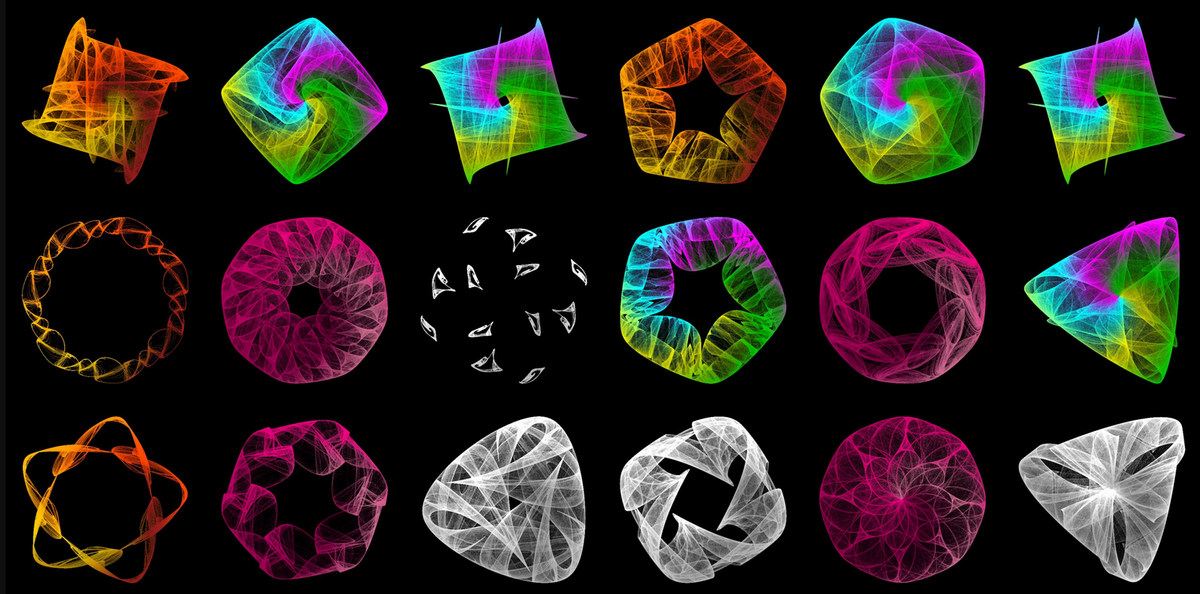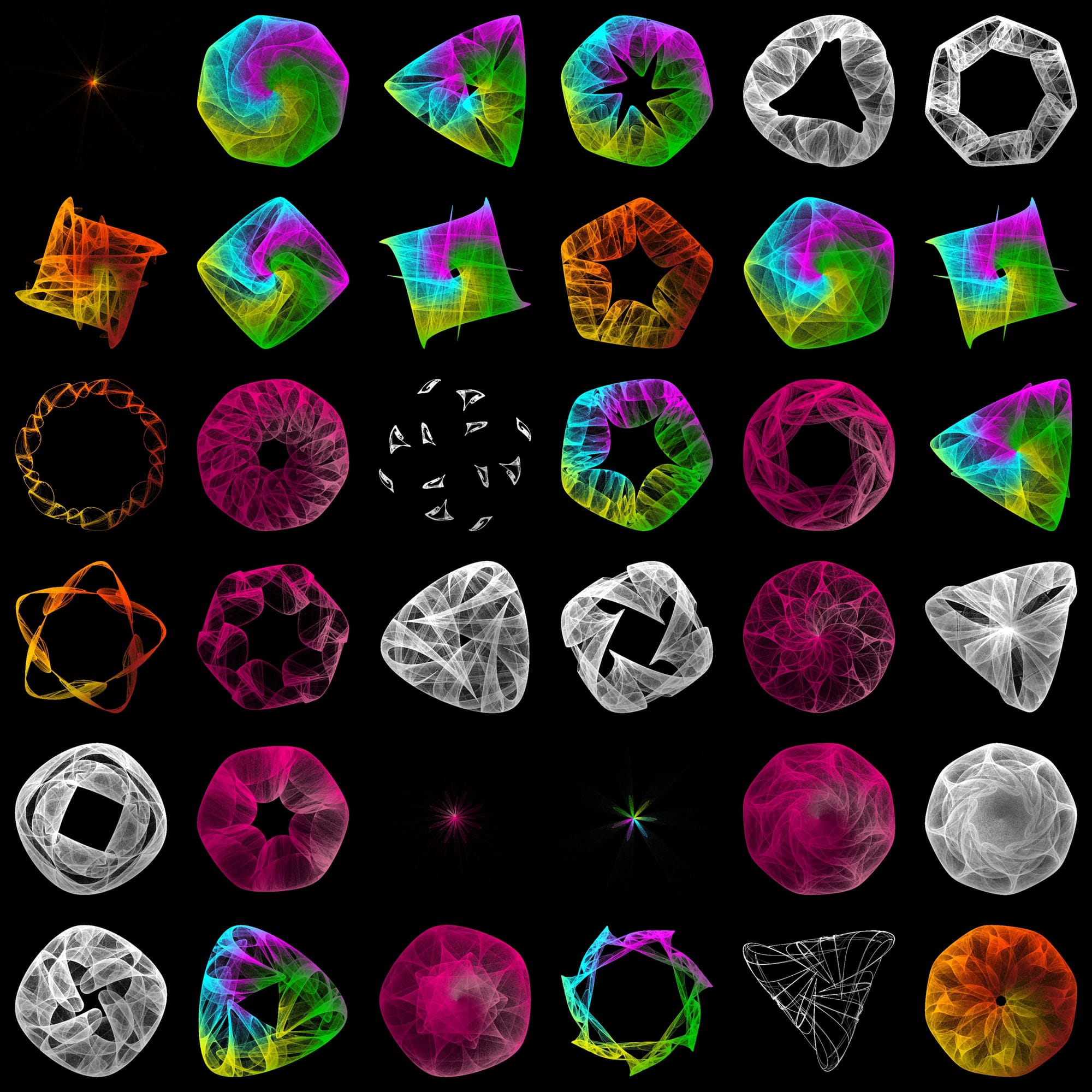Symmetry in Chaos: my first generative NFT collection on Polkadot
Write-up of how I created my first generative NFT collection on Polkadot.

Ever since I started working in blockchain three years ago, I’ve been captivated by NFTs: Non-Fungible Tokens. At their core, NFTs are digital certificates of ownership and authenticity, irrevocably tied to a unique asset. In simple terms: unlike classical proofs of ownership (for example: a piece of paper/contract), an NFT is a verifiable, digital, public record that anyone can independently check who the current owner of it is. This technology opens doors to quite a few cool things, however they are most commonly used in new forms of digital art, collectibles, and creative experimentation.
Now, there is a lot of stigma and controversy around NFTs in common tech circles, and this article isn't about debating any of that. It is rather about how generative algorithms can turn code into art and how I created an NFT collection inspired by ideas from Paul Bourke's blog post & the book "Symmetry in Chaos, A Search for Pattern in Mathematics, Art, and Nature" by Michael Field and Martin Golubitsky.


Inspiration for this project & the function used for the attractors, credit: https://paulbourke.net/fractals/symmetryinchaos/
My latest project, "attractors", is an NFT collection deployed on the Polkadot blockchain through the Koda.art platform, where each NFT’s design hinges on mathematical chaos & randomness. An NFT collection is essentially a set of the same type of NFTs defined by a maximum amount of NFTs it can hold. In this case, after 1024 people collect their NFT, no one else can get a new one again. 131 people created their NFT.
Here’s how it works: To get an NFT, people are essentially "rolling a digital dice" that assigns a specific cryptographic hash to their account. This hash acts then as a seed for an algorithm that generates an "attractor": a visual pattern derived from a simple mathematical formula, an algorithm. To try it out, visit the mint page and click "Preview variations" (you can't mint anymore though 🤌). An interesting insight is that there is no way to guess the "hash" that generated an attractor given only the image. 😸
Note: This is quite different than usual NFTs which create an image based off of permutations from pre-defined building blocks.

This algorithm either converges into a stable, beautiful symmetrical design or collapses into disordered noise. Most hashes produce unstable results, but a rare few unlock beautiful, harmonious patterns and neither me, nor the people "minting" the NFT have any prior control over the generation process.

This mirrors the natural tension between chaos and order. Just as strange attractors in mathematics balance unpredictability with hidden structure, the collection becomes a search for those fleeting moments where randomness crystallizes into beauty. Each mint (instance of an NFT) is a gamble, a snapshot of algorithmic serendipity, and a testament to how generative systems can transform cold code into something alive.
Note: Ironically, while working on this project I watched the series "3 body problem" which explores a similar problematic (stability vs chaos).
If you want to try to create your own generative NFT, I highly recommend the Koda platform to get started, it was relatively straightforward and the team is super helpful. Let me know if you create cool things, I'll be happy to mint.
What I remember from this experiment is that when submitting the project to the platform, we weren't sure that there would be ANY beautiful attractors that will be created, so we made it free. To my surprise, it turned out that a lot of attractors turned out quite beautiful, which was quite the insight. Here's a selection of my favorite attractors:

There definitely is beauty in chaos, you just have to find it, and mint it.